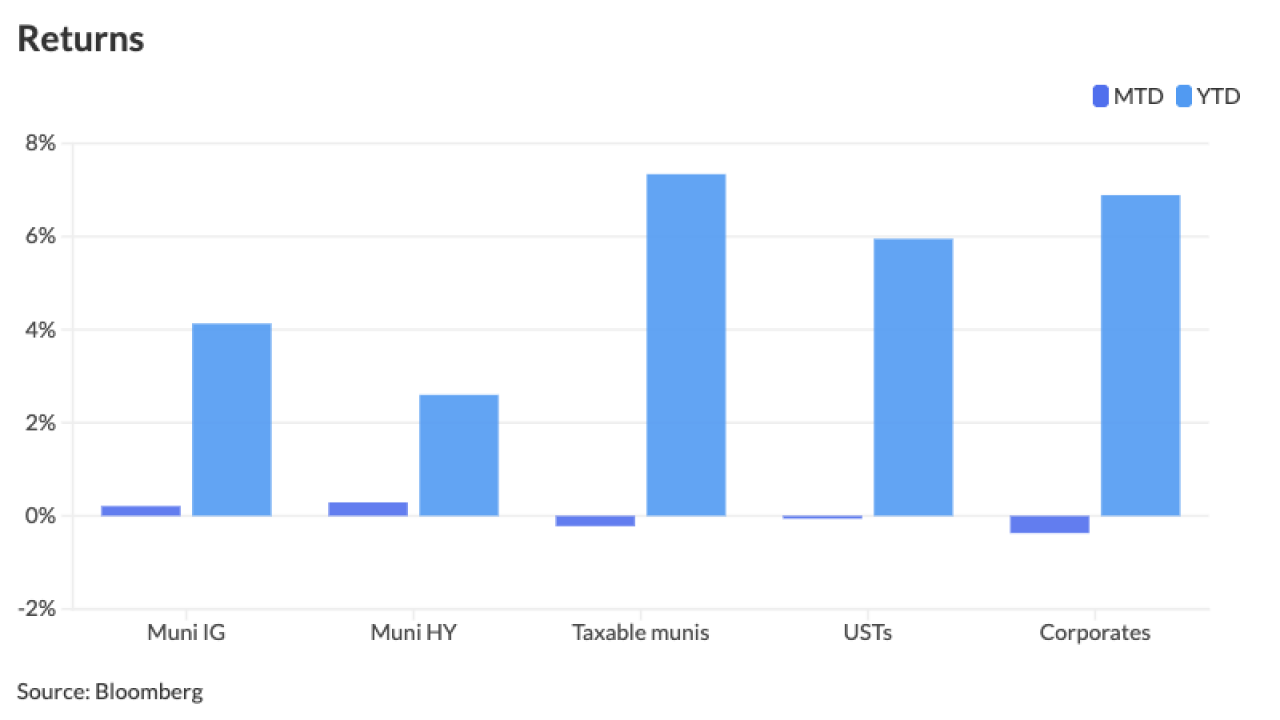Municipal market participants may find their top priorities on the chopping block as Congress prunes the $3.5 trillion reconciliation spending bill.
“There is no question that the budget reconciliation bill is going to shrink and that our provisions, like dozens if not hundreds of other provisions, are in peril of being totally eliminated or restricted,” said Charles Samuels of Mintz Levin, counsel to the National Association of Health & Educational Facilities Finance Authorities. “Unless we are working very hard to keep our provisions in, we have a good chance of losing them.”
Democratic progressives and moderates are trying to reach a deal on the size and provisions included in the Fiscal Year 2022 reconciliation budget bill. There is no hard deadline, though federal surface transportation programs will expire on Oct. 31 without new spending, and a highway spending bill has become enmeshed in the reconciliation bill debate. President Joe Biden told House Democratic progressives the reconciliation legislation should be sized between $1.9 trillion and $2.3 trillion, according to reports.

The key municipal market provisions include restoration of advance refundings; a direct-pay bond program; raising the threshold for muni bonds to be considered bank qualified; and the expansion of private activity bonds. The provisions were all included in the House Ways and Means markup of the House bill.
The restoration of tax-exempt advance refundings remains the top priority for issuers and the buy and sell sides of the market, lobbyists said.
“Everyone is focused on that as the number one priority,” said Brett Bolton, vice president of federal legislative and regulatory policy at the Bond Dealers of America. “Ways and Means and Finance [committees] both understand the importance of that issue and issuers are clamoring for that product to return – the price tag of that is incredibly low.”
The measure would cost around $14 billion for the first 10 years.
The direct-pay bond program, which would cost around $22 billion, falls farther down the wish list, even among issuers, many of whom recall when the Build America Bonds program’s subsidies fell victim to sequestration, market participants said.
Expanding bank-qualified debt and lifting the private activity bond volume are relatively inexpensive and may be more important to some participants than the direct-pay program.
Lobbyists need to push hard now to avoid seeing their priorities eliminated, Samuels said.
“People are working furiously to protect things in the Ways and Means bill and our community needs to be doing exactly that,” he said. The NAHEFFA is encouraging its members, including hospitals and universities, to contact lawmakers to advocate, he said. “The states and local governments are doing the same thing,” Samuels said. “The intensity of the effort needs to be maintained and probably increased right now.”
Portfolio managers are also closely watching the Washington developments.
“All of the markets, and the municipal market in particular, are a little bit held hostage by the dysfunction going on in Washington right now because there are so many potential things on the table that could change dynamics pretty significantly,” said Nick Venditti, senior portfolio manager on the Municipal Fixed Income Team at Wells Fargo Asset Management.
If the reconciliation bill and the $1.2 trillion bipartisan infrastructure bill are passed, it could solidify inflationary trends, which would mean rising interest rates, Venditti said.
“Rising rates are the enemy of fixed income, so investors broadly need to be aware that that risk exists,” he said.
But the short-term pain of rising rates may be offset by the income that would be generated, he said. “In the medium to long term, it would be a lot easier for investors to generate the stable tax-exempt income that they’ve desperately needed for a long time.”
The increase in corporate tax rates that is built into the legislation would likely boost demand for tax-exempt paper among institutional players, many of whom have shifted to taxable paper since their tax rates were cut by the 2017 tax act, Venditti said.
“The tax reform piece of this becomes incredibly interesting because it’s going to impact both supply and demand," he said.





